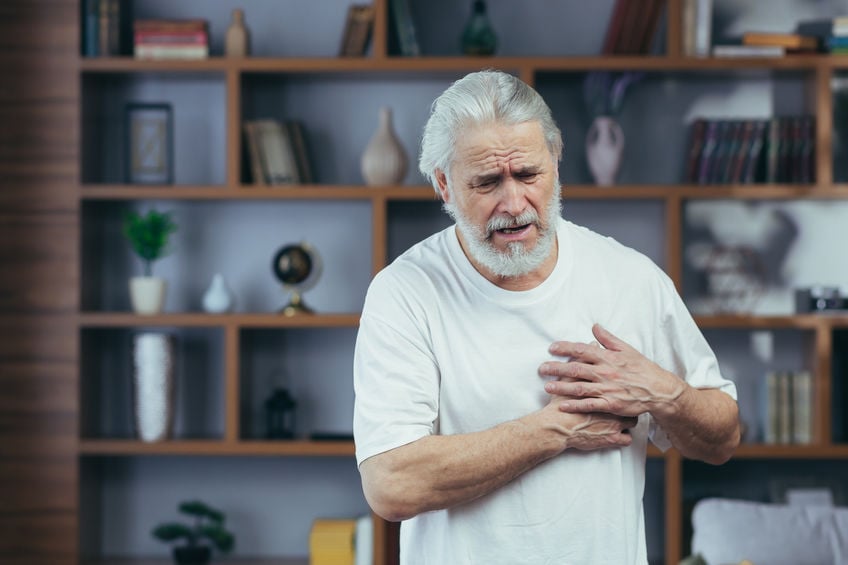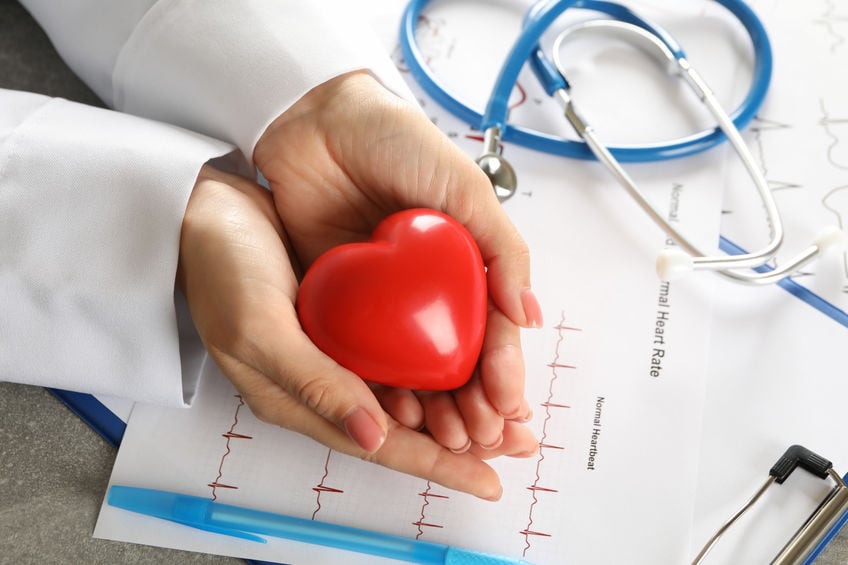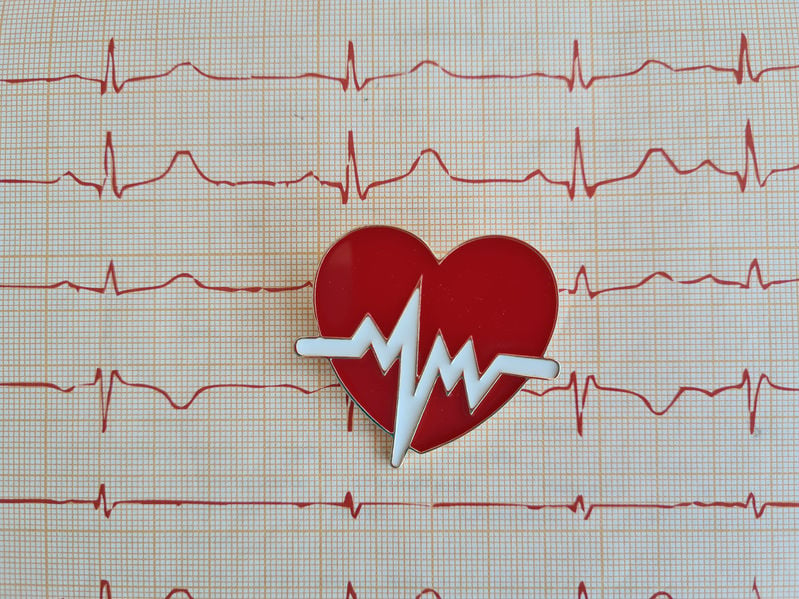Having Trouble Breathing?
Chronic obstructive pulmonary disease (COPD) is a group of lung diseases that includes chronic bronchitis and emphysema. Over time, COPD causes shortness of breath and makes breathing difficult. Chronic bronchitis causes irritation and inflammation of the bronchial tubules, making air difficult to move in and out. Emphysema is when air sacs of the lungs are destroyed, and this condition makes breathing very difficult. When lung diseases are not well managed, an emergency room (ER) trip may be necessary to control the symptoms and help people breathe easily again.
COPD symptoms
Being aware of the signs and symptoms of COPD is important, especially if a person is experiencing cough and breathing issues. Common symptoms of COPD include persistent cough with phlegm, difficulty breathing, and wheezing. Breathing problems can consist of shortness of breath while doing mild exercise or daily activities and difficulty taking a deep breath. Seek medical help if any of these symptoms are experienced.
When is shortness of breath serious?
Several conditions cause shortness of breath, such as exercise, anxiety, and medical issues like COPD. Early identification of shortness of breath that does not resolve is imperative to avoid complications. Shortness of breath that deteriorates over time requires immediate medical attention. Other important signs include chest pain or discomfort, breathing interference with activity, coughing up blood, and rapid heart rate. Also, feeling confused, nauseous, and having bluish nails or lips are vital signs that require medical help. The signs and symptoms of COPD are usually manageable with at-home treatment, but sometimes the symptoms worsen and require emergency services.
Understanding COPD exacerbation
Some patients may experience CODPD exacerbation which is a worsening of the existing symptoms. Often, this presentation signals the need for a change in treatment. Symptoms can include worsened breathing and wheezing, persistent cough, difficulty sleeping, fatigue, and swollen legs or ankles. Requiring more supplementary oxygen is another sign of COPD exacerbation. When exacerbation occurs, patients require immediate medical attention to control the symptoms.
A trip to the ER
If a patient has COPD symptoms requiring a trip to the emergency room, the goal is to restore normal breathing patterns and increase oxygen levels. Antibiotics, steroids, and supplemental oxygen are 3 common approaches used to manage COPD emergencies. The doctor at the ER will do a physical examination, order any necessary lab tests, and monitor oxygen levels to check for improvement. Once the patient’s condition is stabilized, observation may be required for a few days.
Breathe in, breathe out
Once the patient is stable, discharge can occur. The healthcare provider will prescribe medications and may change treatment as well. The doctor may also recommend some breathing exercises to improve the health of the lungs. Following up with a primary care provider (PCP) to discuss ongoing management of the condition and prevention of future COPD exacerbations is a good idea.



